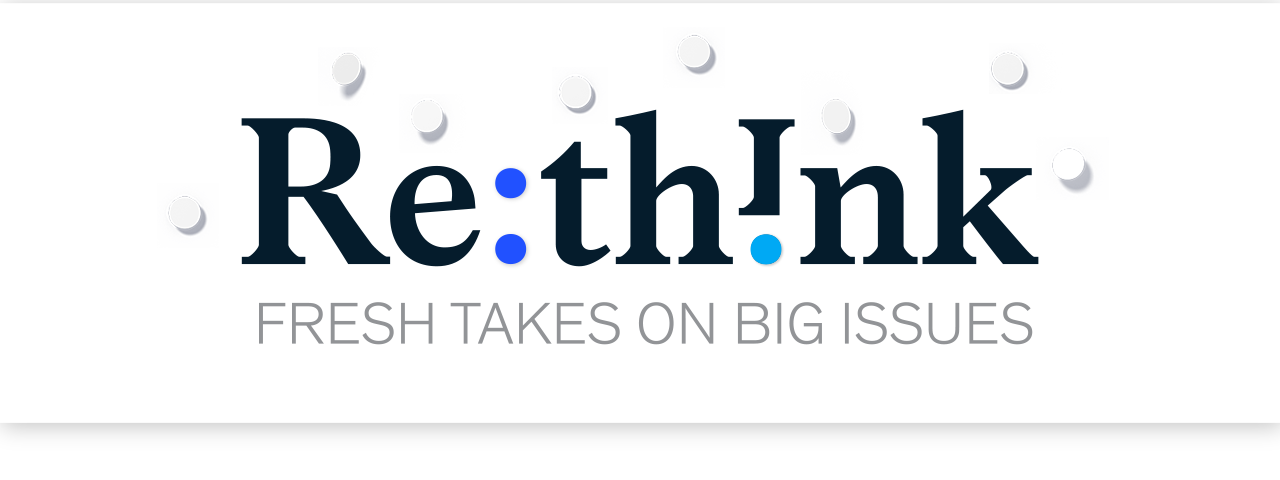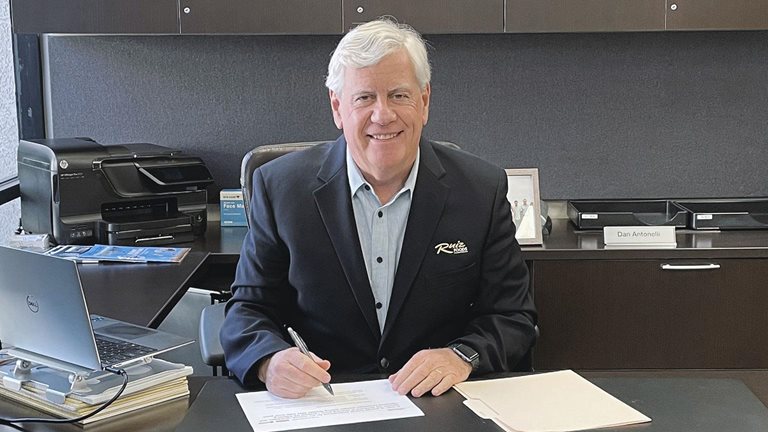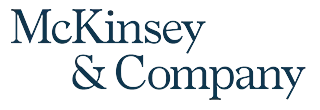 | |
| | |
ON WORKER INGENUITY
How companies can transform with workers’ insights
| | | | | | | | | | | | When consumer companies undergo transformations, their focus is rightly on creating the infrastructure that can meet the multiple challenges that arise. Empowering a chief transformation officer and creating a transformation office are key elements of that.
But leaders should also take a step back and ask what—and who—these roles are meant to serve. We think the people in these roles should focus on building two kinds of capabilities across the entire team: one, getting used to the idea of sharing and accepting great ideas, whatever their source. And two, learning how to implement those ideas and change the way work gets done. Insights that come from a company’s workers can change the trajectory of a product, fix a frontline bug, or solve a long-running customer problem. Support and follow-through from managers are crucial here.
Focusing on capability building during a transformation is a great way to energize people so they feel buy-in for the transformation in the first place and maintain that enthusiasm over time. Some of the most exciting organizational changes we’ve witnessed are the result of individuals being newly empowered to bring their ideas to managers, who are newly open to receiving them and passing them along to their bosses.
Imagine a shift in mindset away from “worker, do X, Y, and Z” to “let’s ask frontline and more junior colleagues to help solve problems.” We’ve seen how that new mindset can lead to differentiated and inspiring results, particularly after senior leaders realize ideas may not be bubbling up on their own.
Our research has revealed several examples of how this works. Take this story from a beverage company: a frontline worker who had been on the same bottling line for years had become frustrated by how often the line jammed. He never did anything about it because he felt it wasn’t his job. However, when the company’s transformation launched, employees were encouraged to share their ideas. So, this worker suggested putting a small “kicker” on the line that would automatically free up jams. He was paired with an engineer to design the kicker together.
The frontline employee was also encouraged to share this idea with other lines and plants, which led to the kicker device being implemented across the network, driving significant productivity improvements. That success set the bar for other sites, which, in turn, began pushing their own new initiatives across the network. This constant idea generation became the new normal for the company.
| | | | | “When supported and implemented, insights that come from a company’s workers can change the trajectory of a product, fix a frontline bug, or solve a long-running customer problem.” | | | | | McKinsey’s research shows that capability-building programs for frontline workers can drive performance at scale. My colleague Kevin Carmody noted in a 2022 interview that companies that engaged their frontline employees lifted their shareholder returns considerably.
The store operations team at a footwear retailer recognized that complex backroom stocking layouts needed to evolve. In a prior era of in-store comparison shopping, it made sense to stock similar products from competing brands next to one another so that a store associate could bring several related footwear styles to a customer who asked to try on a specific shoe.
A store manager proposed testing a simplified back room that would make it easier and faster to access in-demand products. The team ran a rapid pilot in select stores and, after confirming there was real value to the changes, worked to implement this new way of working across stores, saving money while also improving customer experience.
A marketing manager with nearly 20 years of experience in consumer goods felt frustrated by the extreme seasonality of her business. The fate of her team’s yearlong efforts hinged on whether sales targets could be met in the last two months of the year. She got a chance to break this cycle when her company’s growth transformation launched.
She pitched an idea to create seasonal campaigns outside the holiday window to drive incremental sales throughout the year. While her idea itself wasn’t new, the organization’s receptiveness to it was. She gained broad buy-in by collaborating with her sales, finance, and product development colleagues to quantify the potential impact, ultimately garnering sponsorship from the chief commercial officer. This was possible because the company created a mechanism to turn ideas into real business cases that get approved and funded.
In each of these examples, the transformation infrastructure gave employees the chance to share ideas that had implications for the company’s bottom line. The best transformations break down silos, emphasize that problem solving is not just the purview of top management, and provide financial and other incentives to spur folks to take part. When employees are encouraged to jump in, and build new skills in the process, it gets addictive. They want to offer their thoughts more often, and so do their peers. Bottom-up ideas coupled with top-down support: that’s the golden transformation ticket.
| | |
| | | | | AD Bhatia is a partner in McKinsey’s New Jersey office and a leader in the Consumer Practice, where he focuses on consumer and retail transformations. | | | | | | | |
|
| | | | | Harald Fanderl on experience-led growth | | | Established companies often concentrate on acquiring new customers to be competitive, but they shouldn’t forget the advantage they already have: current customers. By focusing on their experience and satisfaction, leaders can optimize businesses and set a foundation to unlock future growth.
| | |
| | | |
|
This email contains information about McKinsey’s research, insights, services, or events. By opening our emails or clicking on links, you agree to our use of cookies and web tracking technology. For more information on how we use and protect your information, please review our privacy policy. |
|
You received this email because you subscribed to our McKinsey Quarterly alert list. |
|
|
Copyright © 2023 | McKinsey & Company, 3 World Trade Center, 175 Greenwich Street, New York, NY 10007 |
|
|
|
|





